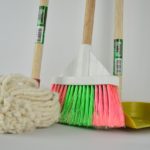
The Scottish Dental Registrars on a recent systematic review of the effects of self-ligating brackets and conventional brackets on the periodontal status of adolescents undergoing orthodontic treatment.
[read the full story...]
The Scottish Dental Registrars on a recent systematic review of the effects of self-ligating brackets and conventional brackets on the periodontal status of adolescents undergoing orthodontic treatment.
[read the full story...]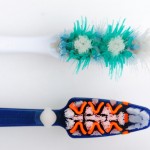
This review of the effect of tapered or end-rounded filament toothbrushes on clinical parameters included just 5 RCTs providing inconclusive evidence to recommend one type over another.
[read the full story...]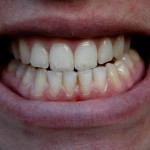
Six studies were included in this review of gingival recession. The findings suggest that in patients with good oral hygiene recession is likely to progress.
[read the full story...]
While 24 studies were included in this review of the impact of orthodontic retainers on periodontal health there was a lack of high quality evidence to support any particular retainer on this or a range of other parameters. More well-designed and long terms studies are required.
[read the full story...]
This study of the impact of cannabis use on physical health used participants from the 1972-3 Dunedin birth cohort. An association between cannabis use and poorer periodontal health at age 38 years and within-individual decline in periodontal health from ages 26 to 38 years was found.
[read the full story...]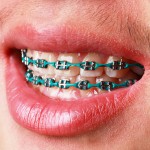
Compliance with oral hygiene measures during orthodontic treatment is important in order to prevent white spot lesions (WSL) developing. The aim of this study was to determine if there is a relationship between reminding patients of the importance of oral hygiene via weekly text message reminders sent to their parents/guardians and demonstrated oral hygiene compliance. [read the full story…]
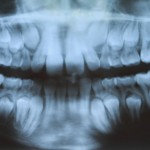
It is reported that around 13% of upper canines can be displaced, the majority of these being palatally displaced. Controversy exists on whether a closed techniques of moving a canine into its correct position beneath the palatal mucosa (closed technique) is preferential to an open technique which involves moving the canine into its correct position [read the full story…]